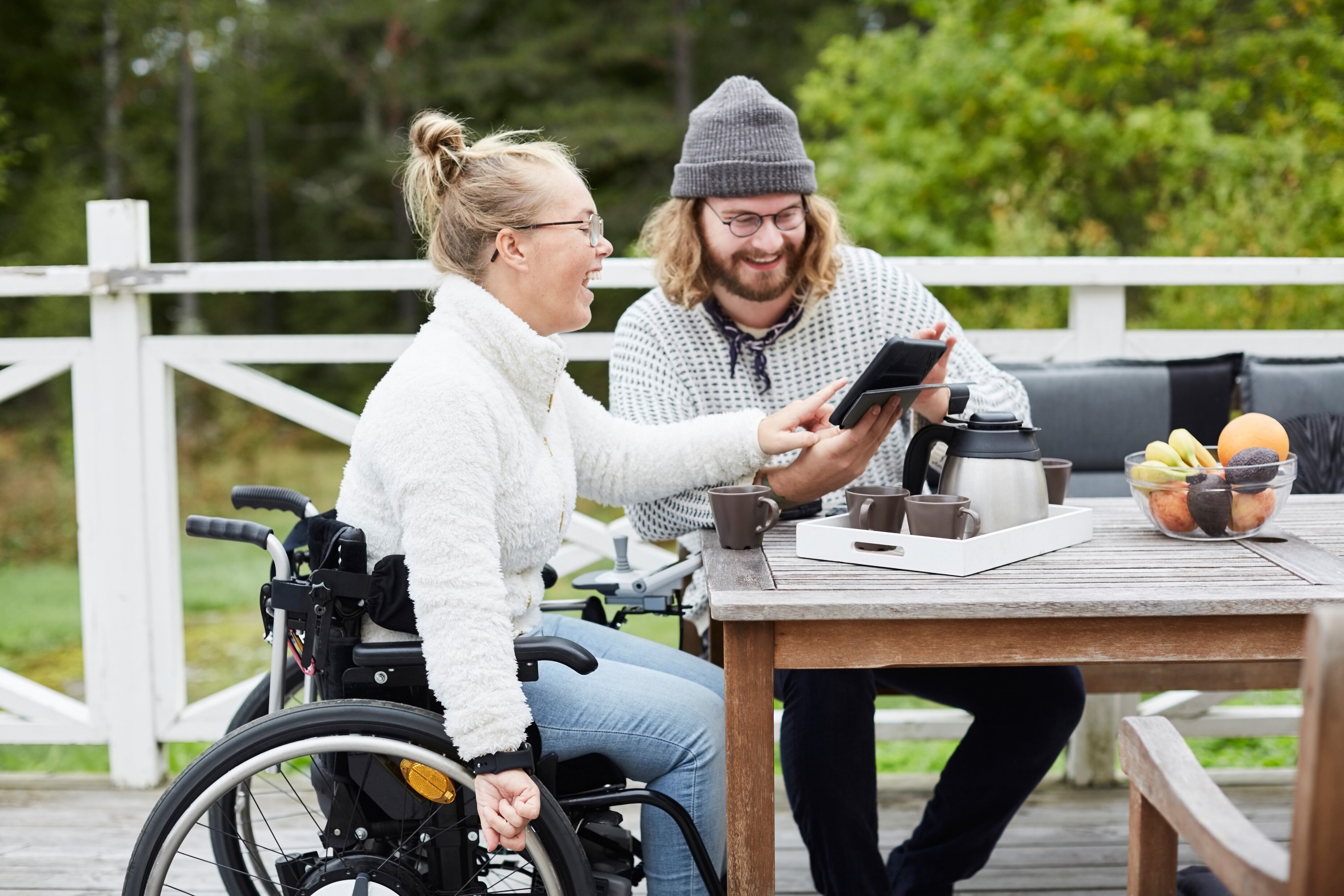Challenge
In the Accessibility Monitor, De Nederlandsche Bank (DNB) investigates how accessible the Dutch payment system is for consumers. To paint a complete picture, it's essential to includes seldom heard audiences, such as people with limited or no digital skills, individuals with mild intellectual or physical disabilities, people with low literacy, or those who do not speak Dutch.
This is a challenge that aligns seamlessly with Verian’s belief that good research must be inclusive. Conducting this study was, therefore, a perfect fit for us. We will outline how we ensured that even the most seldom heard groups were involved in DNB’s Accessibility Monitor.
Approach
The foundation of the study was the NIPObase respondent panel. This panel consists of 105,000 individuals and is recognized as the best panel in the Netherlands. Its large size, strong representativeness—since participants are approached both online and offline rather than self-registering—and inclusion of seldom heard groups all contribute to this reputation. In recent years, we’ve made extra efforts in this area to fulfill our promise of inclusive research. For the Accessibility Monitor, we used the NIPObase panel to represent a cross-section of the Dutch population. We also extended the study with additional samples from underrepresented groups to allow for separate conclusions about these specific segments.
Panel members conduct interviews
Despite the advantages of the NIPObase panel in involving less accessible groups, we needed to go further for the Accessibility Monitor. People with intellectual disabilities, those with low literacy, individuals who are not digitally literate, and non-Dutch speakers are—understandably—barely represented in the panel. So, we asked our panel members if they knew someone in one of these groups and whether they would be willing to conduct the questionnaire with them, either over the phone or face-to-face.
Marsha Hilhorst, researcher at Verian: “About 950 panel members responded to this call. Besides the small compensation they received, I believe the social relevance of the topic played a big role in their willingness. People genuinely appreciated that there was attention being paid to how, for example, their neighbour with low literacy or their non-digitally skilled relative manages their banking affairs.”
Through advocacy organizations
To reach more people with visual or hearing impairments, we contacted advocacy groups and asked them to share the survey with their members, for instance via their websites or newsletters. Since filling out an online survey might be a barrier for these individuals, we also offered the option of completing the interview over the phone or face-to-face with a Verian interviewer.
Interviews at the mosque
First-generation migrants were another difficult-to-reach group. To ensure sufficient insight into this audience, we actively sought them out. We contacted advocacy organizations to distribute the survey among their members. In addition, interviewers who speak Turkish, Moroccan Arabic and/or Berber approached older migrants in community centers, mosques, and on the street to invite them to participate. Apart from a few individuals who didn’t have time or were concerned about anonymity, this targeted approach led to a high willingness to take part.
Accessible questionnaire
Alongside various recruitment and interview strategies to connect with seldom heard audiences, we also ensured the online questionnaire was accessible. We created a version compatible with screen reader software commonly used by people with visual impairments. We also used a larger font, displayed one question per screen, and provided clear instructions.
Impact
A comprehensive mix for inclusive research
By combining different recruitment strategies, offering various ways to participate in the questionnaire, involving panel members to conduct interviews with people they know, and adjusting the online survey for specific needs, we ensured everyone could be included.
A broad mix for inclusive research that has given De Nederlandsche Bank valuable insight into the accessibility of the Dutch payment system—even for the groups that are often overlooked in research.
“And that’s incredibly valuable, because these groups deserve extra attention—so that no one in the Netherlands is left behind,” Marsha concludes.
Laatste case studies
Onze laatste ontwikkelingen
Schrijf je in voor onze nieuwsbrief om
regelmatig updates te ontvangen over onze nieuwste inzichten en onderzoeken.
Onze experts over de hele wereld produceren voortdurend inzichten met betrekking tot vraagstukken in het publieke domein, die wij graag delen.
Je kunt je op elk moment uitschrijven.






